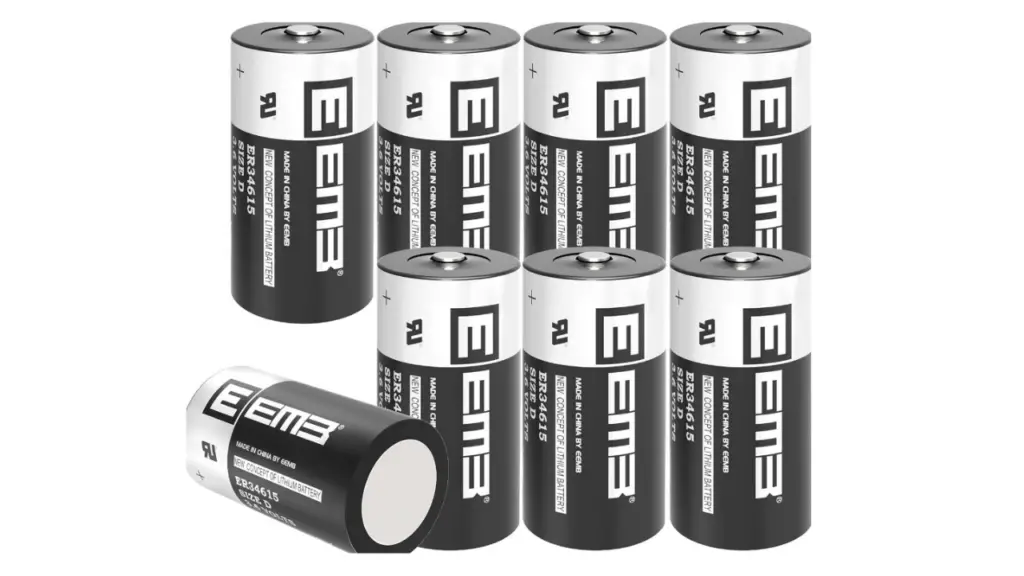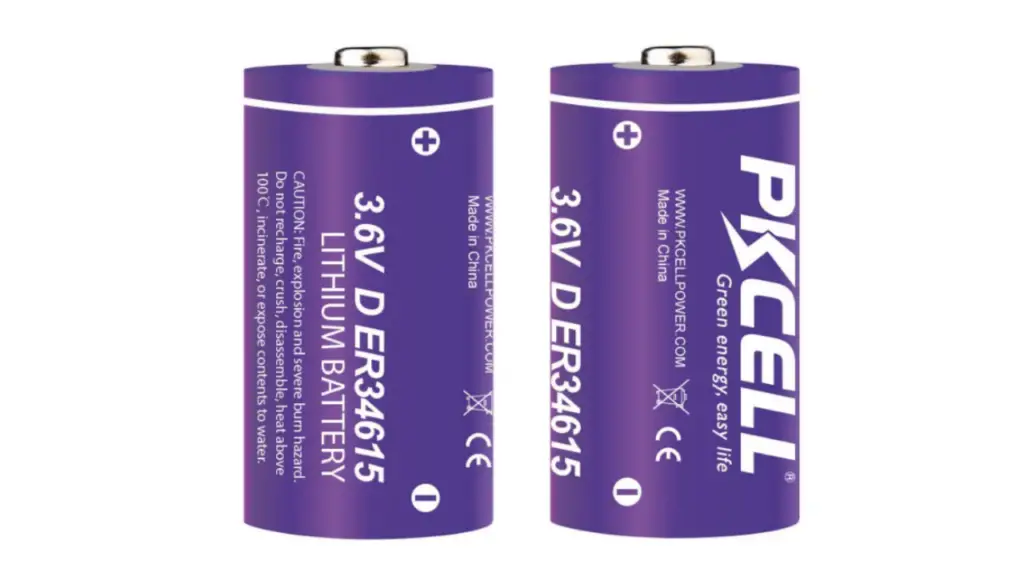Looking to charge your lithium batteries but not sure where to start? You’ve come to the right place! In this article, we’ll explore the ins and outs of charging lithium batteries and provide you with a simple and straightforward solution. Whether you’re new to the world of lithium batteries or seeking a refresher, we’ve got you covered. So, let’s dive right in and uncover the best practices for charging your lithium batteries effectively. With our guidance, you’ll be charging like a pro in no time!

How Do You Charge Lithium Batteries?
If you own any modern electronic devices such as smartphones, laptops, or electric vehicles, chances are you are familiar with lithium batteries. These rechargeable power sources have become an essential part of our everyday lives, providing us with portable and efficient energy. However, you may wonder how to properly charge lithium batteries to ensure their longevity and performance.
In this comprehensive guide, we will explore the various aspects of charging lithium batteries, including the different charging methods, optimal charging techniques, and common misconceptions. So, let’s delve into the world of lithium battery charging and learn how to maximize their capabilities.
The Importance of Proper Charging
Before we dive into the specifics of charging lithium batteries, it’s crucial to understand why charging them correctly is essential. Proper charging not only prolongs the lifespan of the battery but also ensures its optimal performance. Here are a few reasons why you should pay attention to the charging process:
1. Maximizing Battery Lifespan: Lithium batteries can undergo degradation over time if not charged correctly. Proper charging techniques help minimize capacity loss, preserving the battery’s lifespan.

2. Enhancing Performance: Consistent and appropriate charging ensures your batteries deliver their full potential in terms of energy output and capacity.
3. Safety: Charging lithium batteries improperly can lead to overheating, reduced efficiency, and even pose safety hazards. Following the correct charging methods helps mitigate these risks.
Understanding Lithium Battery Chargers
To charge lithium batteries, you need a compatible charger. These chargers feature specific voltage and current output ratings tailored to the requirements of lithium batteries. It’s crucial to use the appropriate charger to avoid any potential damage or risks. Here are some common types of lithium battery chargers:
1. Constant Voltage Chargers: These chargers supply a fixed voltage during the charging process. Once the battery reaches its maximum voltage, the charger reduces the current to prevent overcharging.
2. Constant Current Chargers: In these chargers, the current remains constant throughout the charging process until the battery reaches its maximum charge level. The voltage increases gradually as the battery charges.
3. Smart Chargers: Smart chargers are advanced charging devices that monitor and adjust voltage and current based on the battery’s needs. These chargers offer sophisticated charging algorithms and safety features.
Charging Methods for Lithium Batteries
When it comes to charging lithium batteries, several methods are available. The choice of method depends on factors such as battery chemistry, device specifications, and user preferences. Let’s explore some popular charging methods:
1. Standard Charging: The standard charging method involves connecting the battery to the charger and allowing it to charge at a moderate rate. This method is safe and provides a steady charge, but it may take longer to reach full capacity.
2. Fast Charging: Fast charging, also known as rapid charging, allows you to charge your lithium batteries at a significantly higher rate, reducing charging time. However, this method generates more heat and can potentially reduce long-term battery life.
3. Trickle Charging: Trickle charging is a slow and continuous charging method used to maintain battery charge levels over an extended period. It ensures that the battery is always ready for use without overcharging.
4. Pulse Charging: Pulse charging involves delivering short bursts of current to the battery, followed by periods of rest. This method helps prevent overcharging and extends battery life.
Optimal Charging Techniques
While the charging method you choose depends on your specific requirements, there are a few general guidelines that can help optimize the charging process for lithium batteries:
1. Use the Correct Charger: Always ensure you use a charger specifically designed for lithium batteries. Using the wrong charger can lead to overcharging or undercharging, affecting battery performance and safety.
2. Avoid Extreme Temperatures: Lithium batteries are sensitive to temperature extremes. Avoid charging them in extremely hot or cold environments, as it can damage the battery and reduce its lifespan.
3. Don’t Overcharge: Once the battery reaches its full charge, immediately disconnect it from the charger. Overcharging can lead to excessive heat generation and compromise battery performance.
4. Charge at Moderate Currents: It is generally recommended to charge lithium batteries at a moderate current. High currents can generate excess heat and stress the battery, while low currents may extend the charging time significantly.
Common Misconceptions about Charging Lithium Batteries
There are several misconceptions regarding the charging of lithium batteries that need clarification. Let’s debunk a few common myths:
1. Myth: You Should Always Drain the Battery Completely Before Charging.
Fact: Unlike older battery technologies, lithium batteries do not require complete discharge before charging. In fact, frequent deep discharges can harm lithium batteries. It is better to charge them when the battery level is moderately low.
2. Myth: Leaving the Battery Plugged in After Full Charge Damages It.
Fact: Most modern lithium battery chargers are designed to prevent overcharging. Leaving your battery plugged in after it reaches full charge is generally safe and will not cause significant damage.

3. Myth: Fast Charging Always Damages the Battery.
Fact: While fast charging generates more heat, properly designed fast charging systems can still be safe and effective. However, consistent use of fast charging methods can contribute to slightly reduced battery life over time.
Charging lithium batteries correctly is essential for maximizing their lifespan, performance, and safety. By following the appropriate charging methods, using the right charger, and understanding optimal techniques, you can ensure your lithium batteries serve you well for a long time.
Remember to choose the right charging method for your specific needs and avoid common misconceptions. With proper care and charging, your lithium batteries will continue to power your devices reliably.
Frequently Asked Questions
How do you charge lithium batteries?
Lithium batteries are commonly used in electronic devices such as smartphones, laptops, and electric vehicles. To properly charge a lithium battery, follow these steps:
What type of charger should I use for lithium batteries?
It is essential to use a charger specifically designed for lithium batteries. These chargers are equipped with a built-in circuitry that regulates the charging process, preventing overcharging and ensuring the battery’s longevity.
Can I use any USB charger to charge lithium batteries?
Not all USB chargers are suitable for charging lithium batteries. To avoid damaging the battery or the device, always check the charger specifications and ensure it supports lithium-ion or lithium-polymer batteries.
What is the recommended charging voltage for lithium batteries?
Lithium batteries should be charged within the manufacturer’s specified voltage range. Typically, the charging voltage for lithium-ion batteries is around 3.7 to 4.2 volts per cell. Exceeding this voltage range can lead to overheating and potential battery failure.
How long does it take to charge a lithium battery?
The charging time for a lithium battery depends on its capacity and the charger’s output current. As a general rule, it can take a few hours to fully charge a lithium battery. However, some fast-charging technologies can significantly reduce the charging time.
Is it safe to leave a lithium battery charging overnight?
While modern lithium batteries and chargers have safety mechanisms to prevent overcharging, it is generally recommended not to leave a lithium battery charging unattended for an extended period, especially overnight. It is always better to monitor the charging process and unplug the charger once the battery is fully charged.
Final Thoughts
In conclusion, properly charging lithium batteries is crucial to maximize their performance and lifespan. To charge lithium batteries correctly, use a compatible charger specifically designed for lithium batteries. Connect the charger to a power source and plug it into the battery, ensuring the correct polarity. Avoid overcharging by monitoring the charging process closely and disconnecting the battery once fully charged. Remember to store lithium batteries in a cool and dry place, away from direct sunlight or extreme temperatures. By following these steps, you can safely and efficiently charge your lithium batteries and prolong their lifespan.

